Highlights:
- Malayalam cinema’s first female superhero film blends tradition and modernity
- Costume design by Melwy J. and Archana Akhil Rao praised for authenticity
- Colour symbolism, especially red, drives character arcs and mythology
- Costumes used as narrative devices rather than just visual styling
Lokah Chapter 1: Chandra has redefined how superhero cinema can be told in India. The Malayalam blockbuster, directed by Dominic Arun and produced by Dulquer Salmaan, does far more than just dress the characters; the costumes are a fundamental part of the film's narrative engine. Led by designers Melwy J. and Archana Akhil Rao, the costumes merge Kerala’s deep-rooted folklore with sleek contemporary aesthetics, giving India’s newest cinematic hero an identity that is both culturally authentic and powerfully modern.
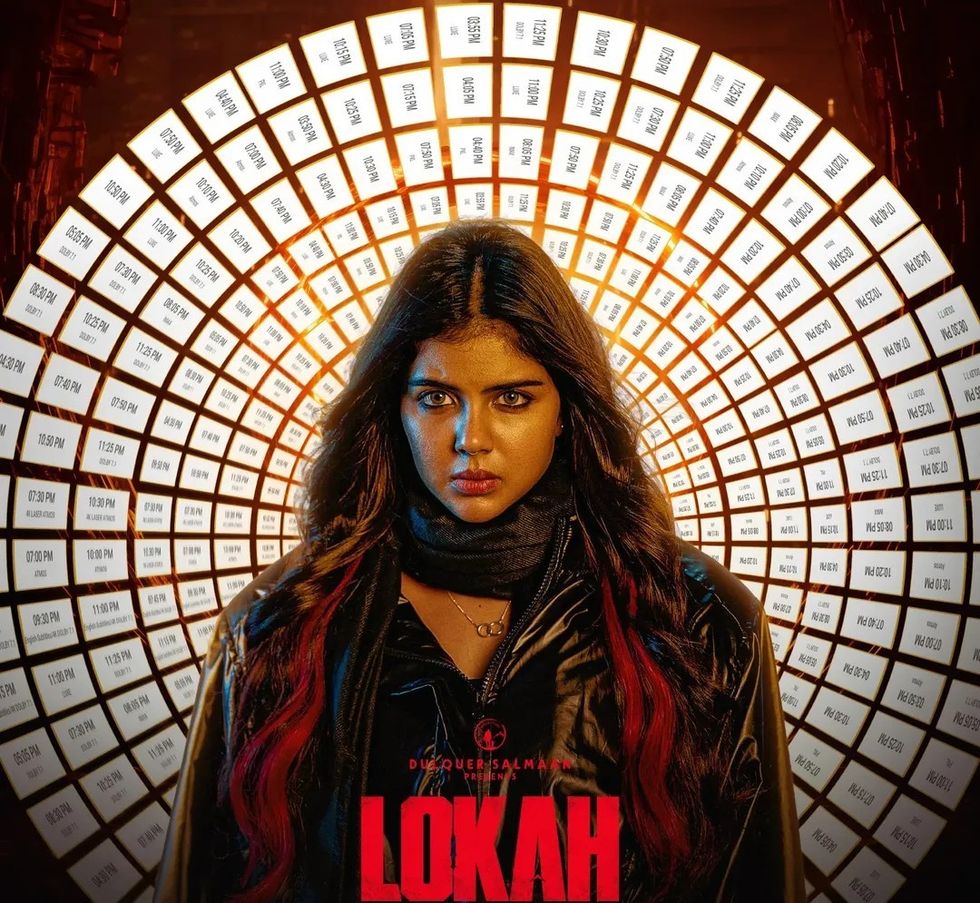
How do Kalyani Priyadarshan's costumes tell a story?
From her first appearance, Chandra’s clothing communicates her mysterious nature and emotional state. Unlike the spandex or armour of Western superhero films, Chandra’s costumes draw from Kerala’s cultural heritage. Her everyday look in Bengaluru is minimal; dark jackets, boots, and layered outfits that reflect her need to stay unnoticed. Yet even here, the recurring maroon-red jacket hints at her hidden supernatural roots.
When she transforms into the yakshi-inspired protector, her wardrobe fuses red-bordered garments reminiscent of Kerala folk costumes with combat-ready gear. Importantly, the design avoids the sexualisation often associated with female superheroes, focusing instead on strength and cultural identity.
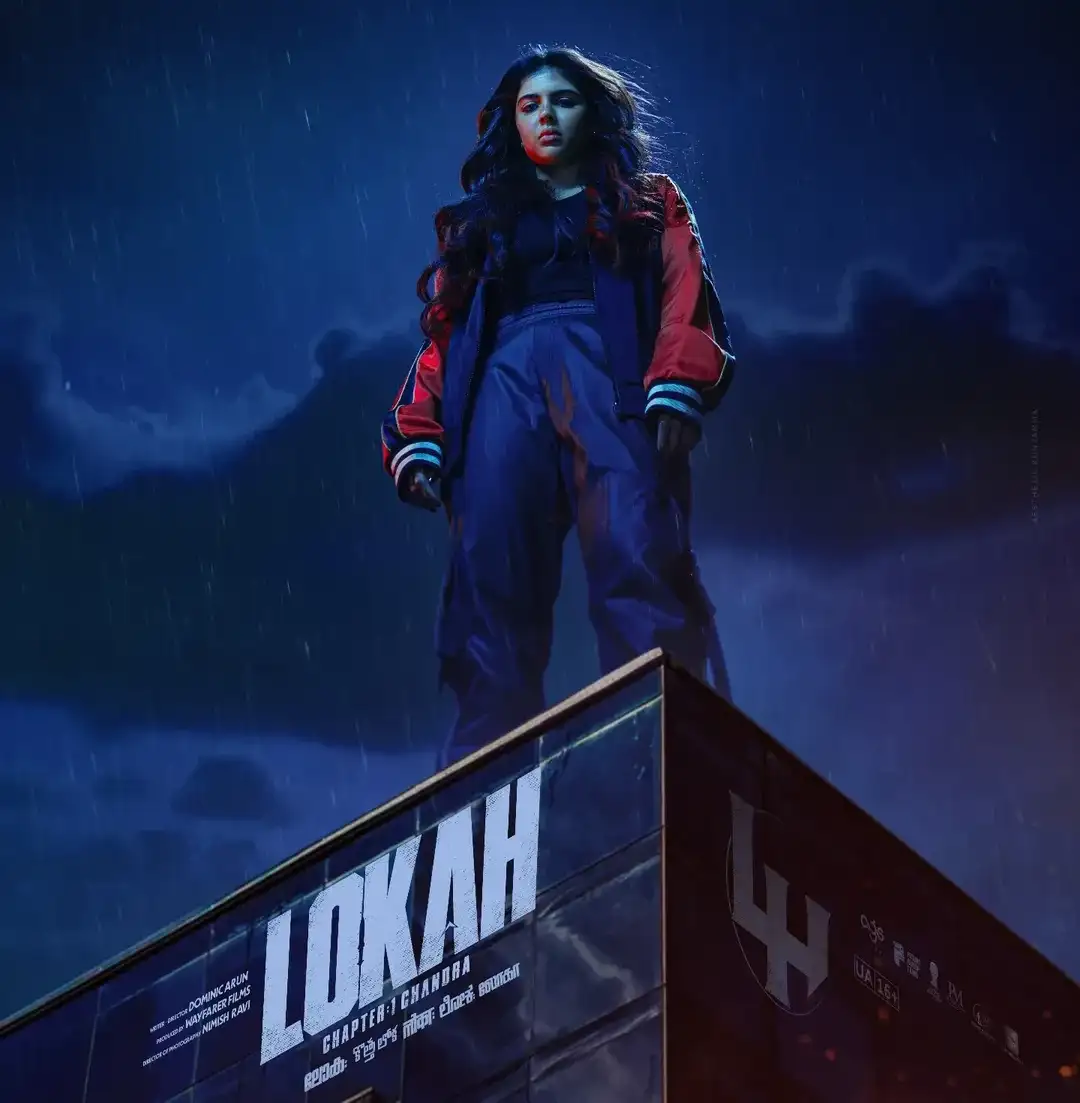
Why is the colour red so important in Lokah Chapter 1: Chandra ?
The film uses colour as a deliberate storytelling tool, with red as its dominant motif. For Chandra, red symbolises her supernatural identity, appearing in her jackets, her striking hair streak, and even in the neon smoke of her powers.
In Kerala folklore, red is tied to the yakshi legend, carrying meanings of danger, fertility, and divine energy. The designers used a palette of maroons, crimsons, and earthy browns to ground the character in the cultural soil of Kerala, ensuring the colour choice feels organic to the story’s setting rather than just a generic superhero trope.
Supporting characters are given distinct palettes too. Sunny is framed in earthy yellows and greens to show his grounded reality, while antagonist Nachiyappa shifts from rigid police greys to sickly greens as he descends into corruption.
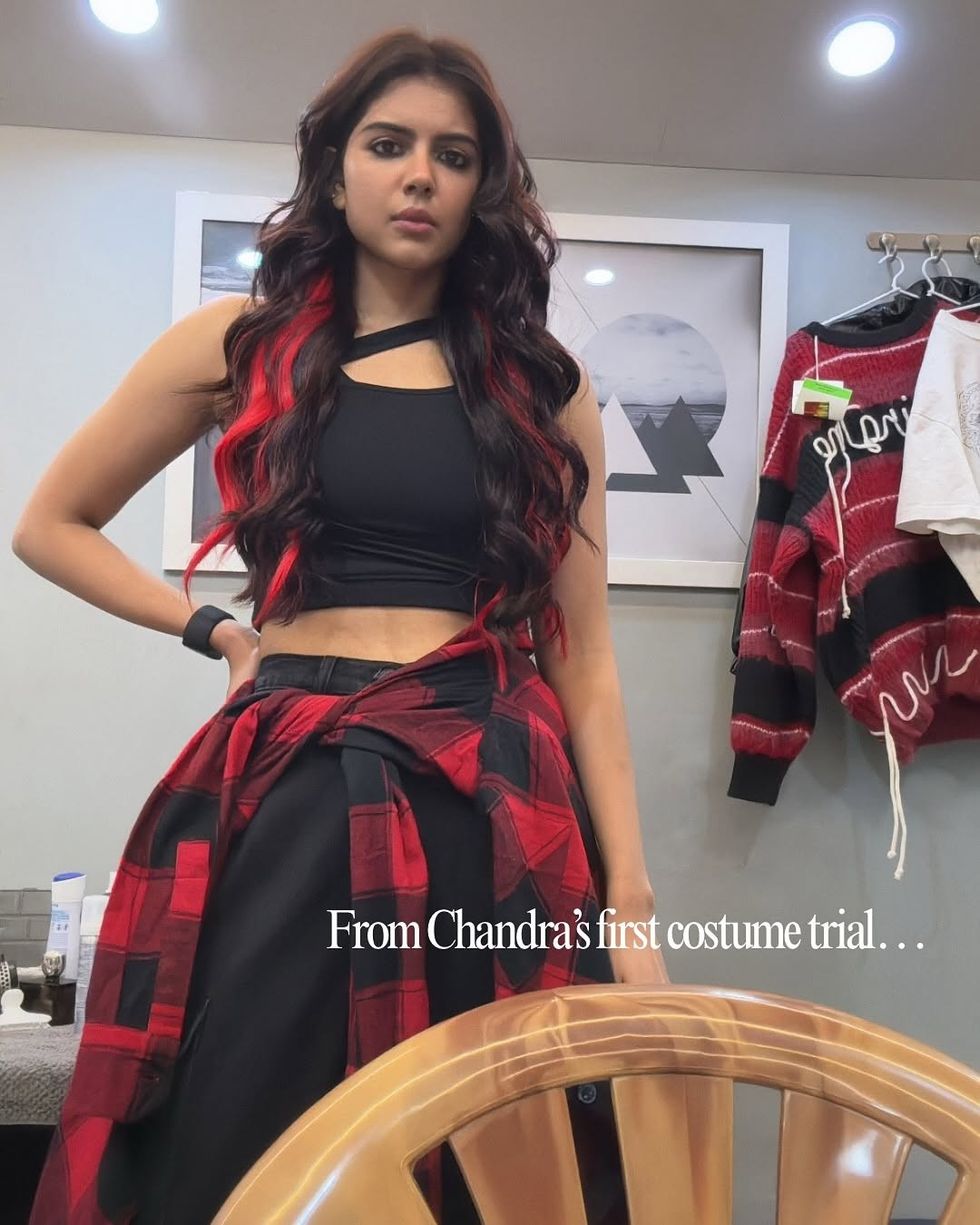
How were the costumes designed for action scenes?
A paramount concern for the design team was functionality. The costume team conducted extensive research into tribal adornments, textiles, and folklore before modernising them for a superhero narrative. Fabrics had to work for stunts choreographed by action director Yannick Ben, including wire sequences and martial arts choreography, so flexibility was built into every piece.
Collaboration with the VFX team also mattered. Red threads, fabrics, and jewellery were designed to blend seamlessly with CGI, especially in transformation sequences where supernatural energy is heightened by colour and costume details.
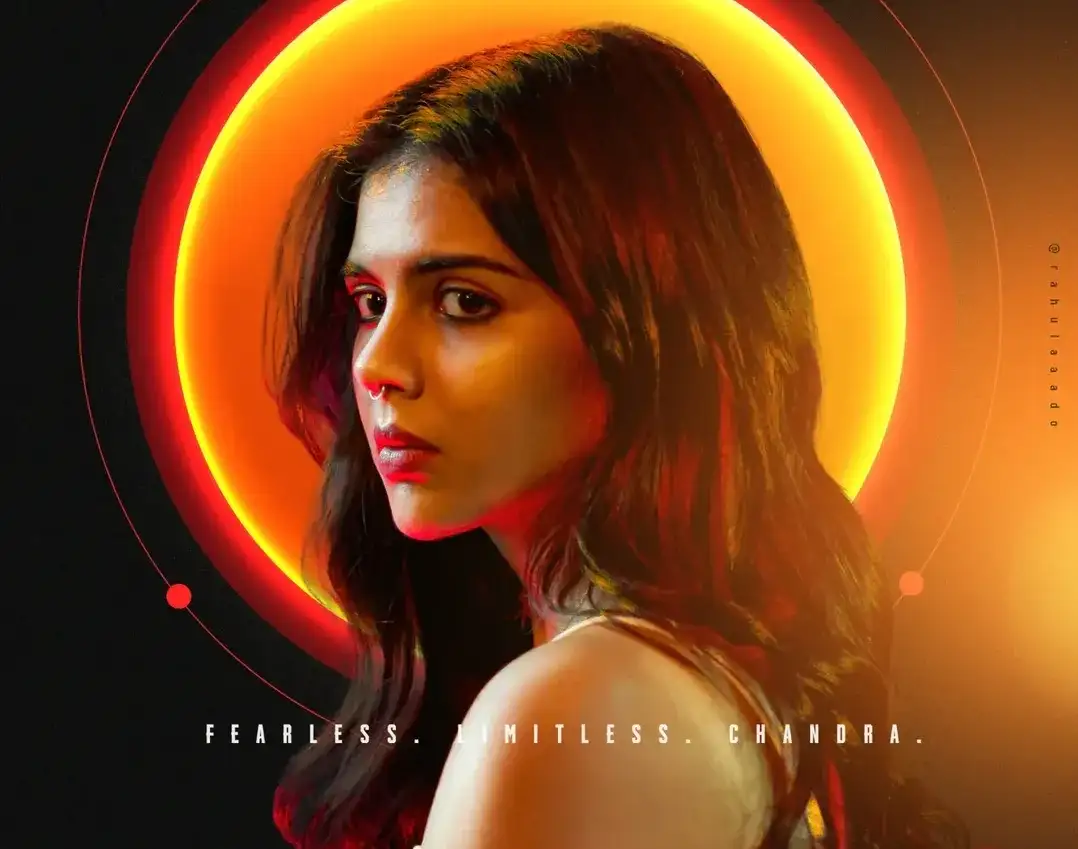
Who designed the costumes for Lokah Chapter 1 ?
The overall costume vision was led by Melwy J., who is known for his work on the Malayalam superhero film Minnal Murali. He was joined by acclaimed designer Archana Akhil Rao, who collaborated specifically on crafting key looks for Kalyani Priyadarshan’s character. Their collaborative process involved extensive research into traditional Kerala attire and tribal adornments, which they then reinterpreted through a modern, functional lens to meet the demands of the action-heavy screenplay.
What impact could Lokah have on Indian superhero films?
The transformative costume design in Lokah Chapter 1: Chandra has been hailed as a benchmark for the genre, proving that culturally-rooted aesthetics can define a superhero's identity just as powerfully as Western-inspired spandex. By rooting its design language in Kerala culture while also catering to modern cinematic sensibilities, the film offers a fresh template for Indian superheroes.
The costumes are not merely an accessory but a foundational element of the film's world-building, setting a new, sophisticated template for how regional Indian cinema can visually claim the global superhero narrative without sacrificing its unique cultural soul.
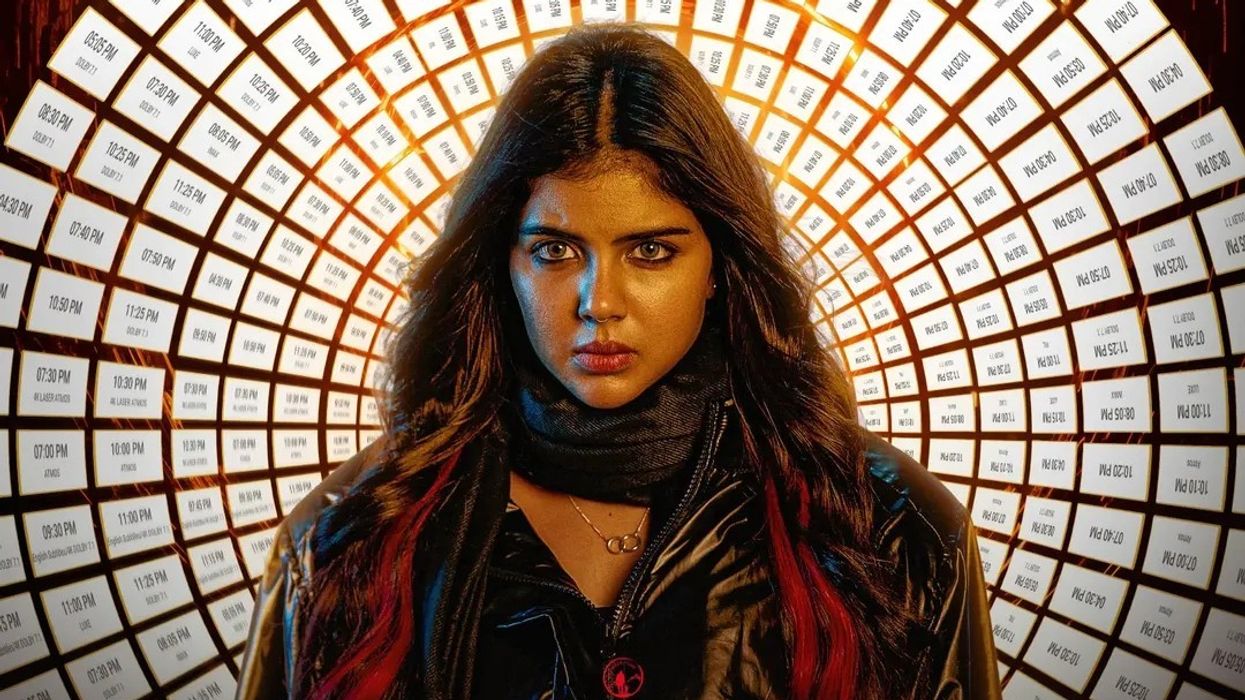

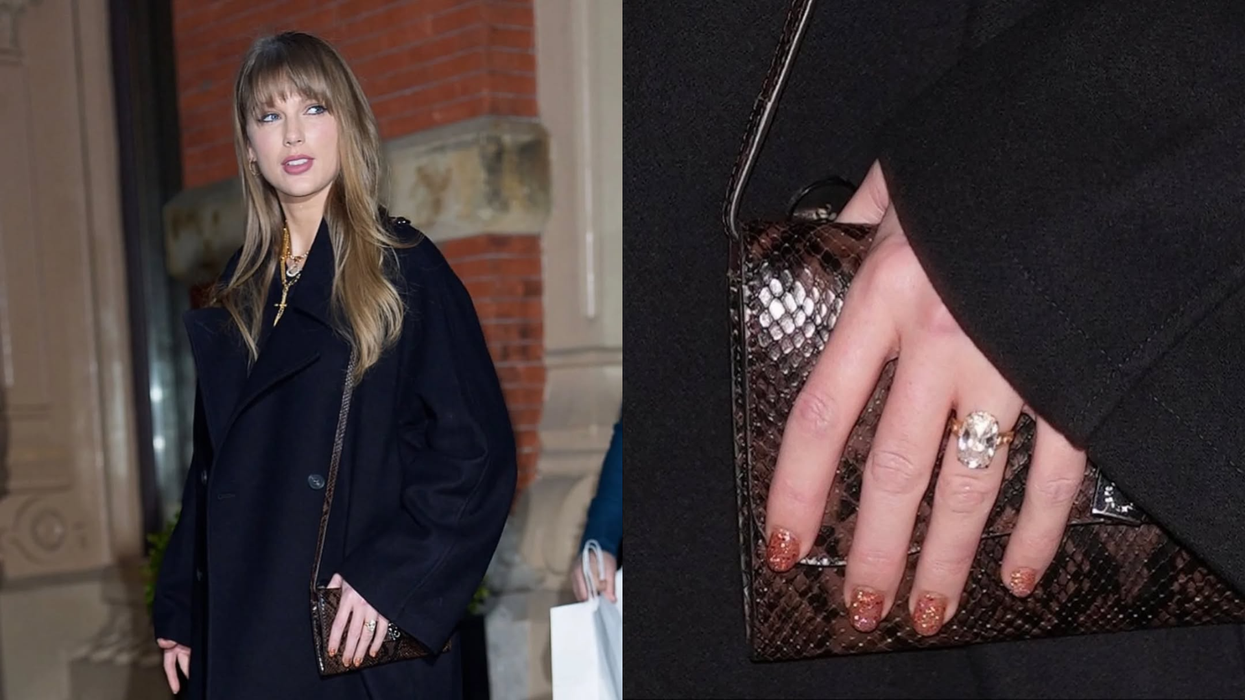
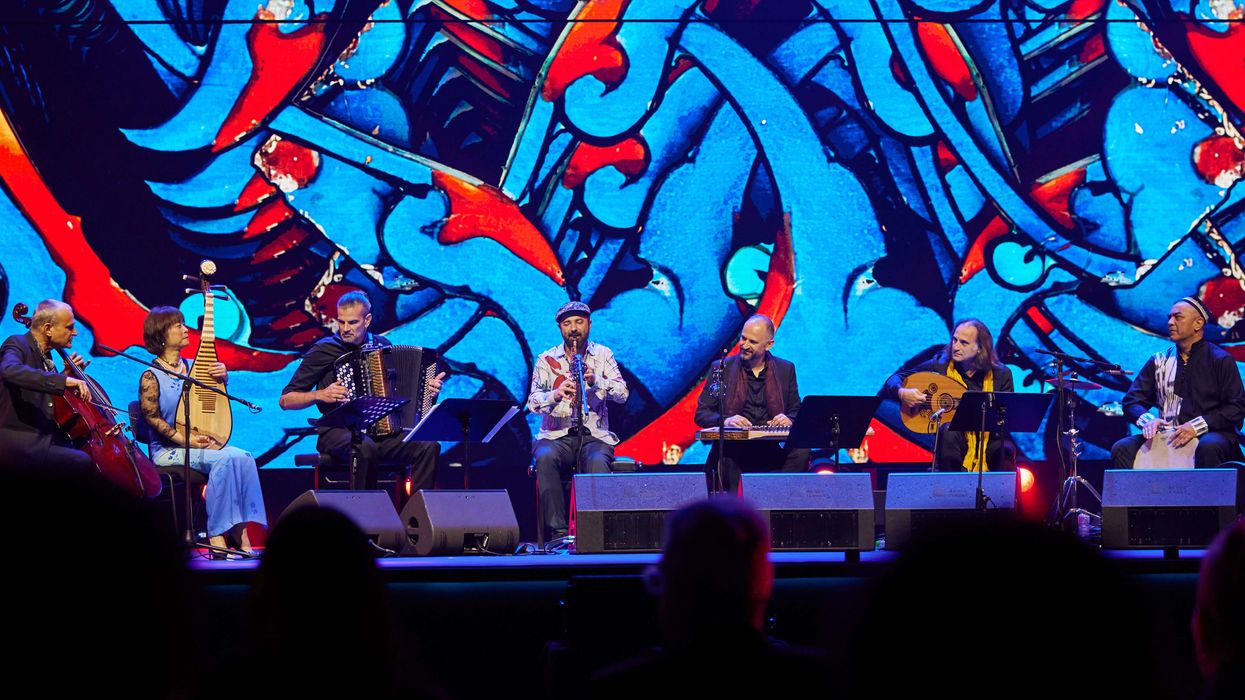



 Priya Dogra named Channel 4 Chief Executive ahead of the broadcaster’s in-house push Linkedin/Priya Dogra
Priya Dogra named Channel 4 Chief Executive ahead of the broadcaster’s in-house push Linkedin/Priya Dogra  Channel 4 confirms Priya Dogra as its next leader during a wide digital shiftLinkedin/
Channel 4 confirms Priya Dogra as its next leader during a wide digital shiftLinkedin/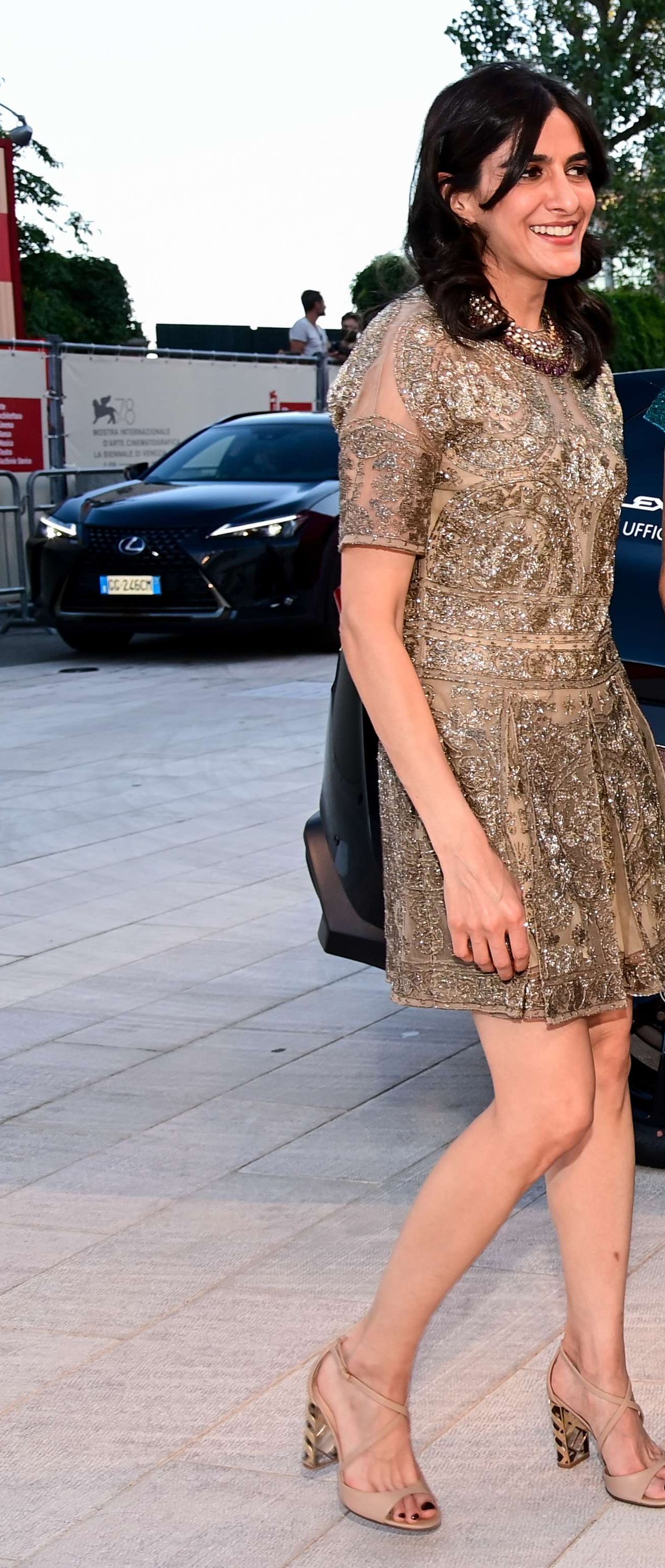 Priya Dogra arrive on the red carpet ahead of the "Madres Paralelas" screening during the 78th Venice Film FestivalGetty Images
Priya Dogra arrive on the red carpet ahead of the "Madres Paralelas" screening during the 78th Venice Film FestivalGetty Images 





